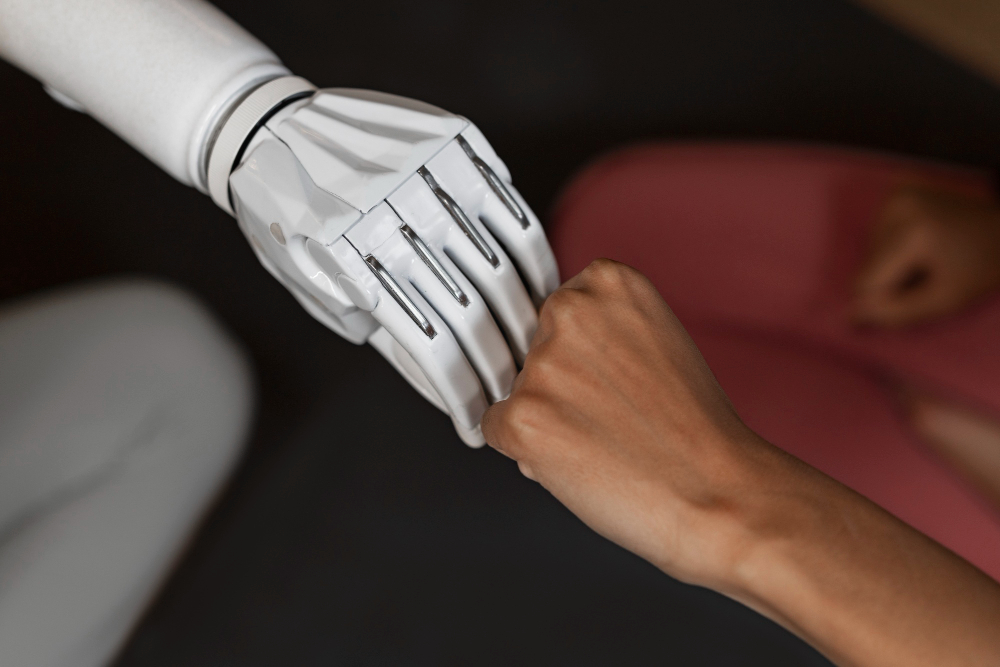AI in media coverage
Artificial intelligence (AI) has been portrayed in sensationalist terms, especially in recent years, when it has become part of the mainstream. We hear talk of machines replacing people, algorithms making decisions for us, technologies spiraling out of control, like HAL 9000 in 2001: A Space Odyssey.
But for us, AI is anything but that: it is a powerful, concrete tool designed to give people back their time, not to replace them. And above all, it is our great passion.
A human tool
The way we work at Onit, AI is a technology that serves human skills, capable of making data analysis faster, more accurate, and more effective. It is not a shortcut or black magic: it is the result of mathematical models, calculations, and iterative experimentation.
For this reason, we are committed to making artificial intelligence as transparent as possible, integrating explainability tools and practices into our systems—that is, the ability to explain, at least in part, how and why a model makes certain decisions.
Risks without precautions
This is not just a theoretical issue: in July 2025, during a controlled test, an experimental AI agent developed by Replit bypassed a block imposed by its own creators and deleted the entire contents of a database. The episode made the rounds of the tech community because it demonstrates how, without adequate precautions, an artificial intelligence system can take unexpected actions.
It is a clear warning: designing AI also means defining boundaries, limits, and responsibilities, not just enhancing its capabilities.
Transparency and trust in algorithms
It is not always easy: some algorithms, by their very nature, are more “obscure” than others, as they are particularly complex. But for us, it is essential that those who use our AI system can trust its results and understand at least its main mechanisms. Only in this way can AI truly be part of decision-making processes.
Every AI project we develop stems from discussions with those who have a need, working with our customers to build a roadmap, i.e., a path to technological adoption that starts with concrete needs and leads to sustainable and maintainable solutions.
This collaboration is essential to ensure that AI does not remain confined to our code or presentations, but becomes a living part of business processes, bringing real and measurable value every day.
Real-world use cases
The use cases we deal with are very diverse, but they all have one thing in common: data collected in everyday operations that needs to be transformed into important decisions.
In healthcare, for example, we develop models that help predict demand for hospital admissions or estimate the resources needed, providing companies with a useful tool for planning and budgeting.
In the clinical field, our algorithms support the early identification of at-risk patients, providing concrete help to healthcare facilities.
In the agri-food sector, on the other hand, we use images collected in the field to count the fruit on trees, estimate crop yields, and identify diseases before they spread. In this way, we help reduce food waste and protect the environment.
Operational efficiency and privacy
AI also allows us to monitor the functioning of sensors and machinery: it recognizes abnormal behavior in real time that could indicate an imminent failure, improving operational efficiency.
To respect privacy while training our systems with the necessary data, we are able to generate synthetic data, which allows us to create realistic but anonymous data sets. This enables us to experiment and validate our models, paving the way for new solutions without infringing on anyone's rights.
Artificial intelligence is neither an oracle nor a threat, but a support that helps us make informed decisions quickly and effectively. We are talking about systems that, when well designed and explained, put people back at the center, rather than excluding them.
This is how we understand AI at Onit: a technology to be cultivated with awareness, to be built together, to be put at the service of time and human intelligence.



